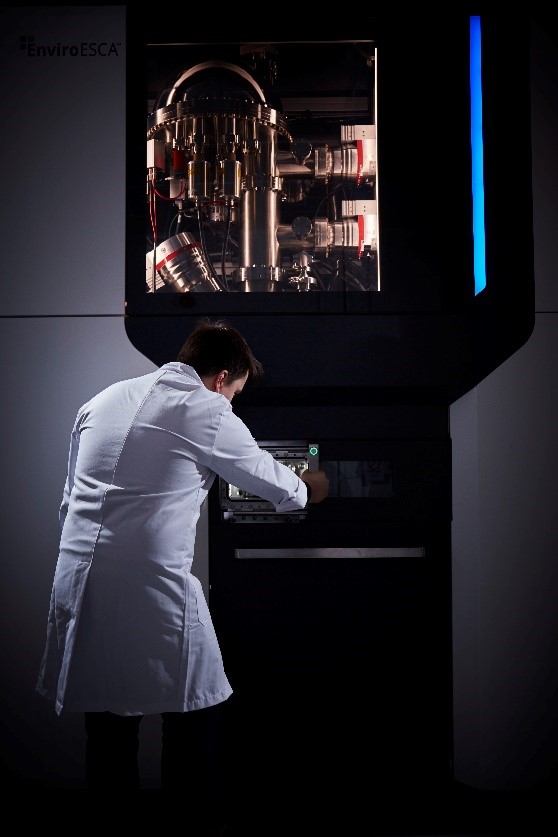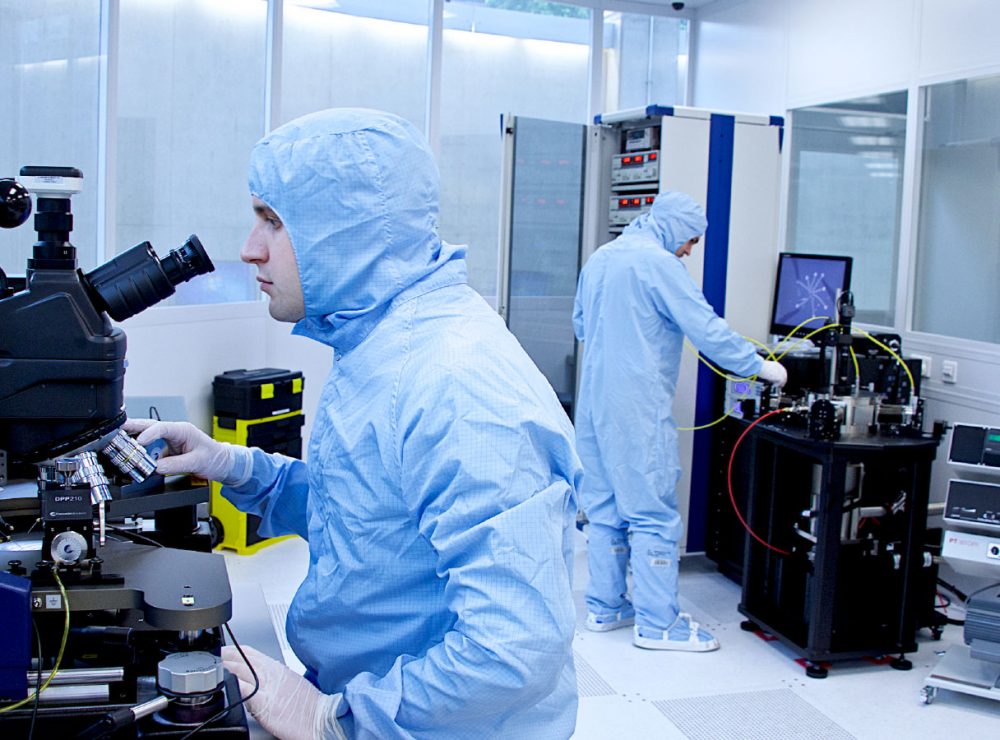This website uses cookies so that we can provide you with the best user experience possible. Cookie information is stored in your browser and performs functions such as recognising you when you return to our website and helping our team to understand which sections of the website you find most interesting and useful.

Predictive Materials Design through Location of Hydrogen
University of Leeds
Royce researchers use X-ray photoelectron spectroscopy (XPS) to determine the positions of hydrogen atoms and protons in materials. Their positions and dynamics determine the molecular structure and hence material properties and performance. The near-ambient pressure (NAP) XPS facility at Leeds readily provides this information, enabling predictive design of new materials and products.
The ways by which molecules in a material bind to each other determines its physical properties, with implications for material performance, functionality, manufacturing and formulation with other products. Using X-ray photelectron spectroscopy (XPS), Royce researchers are probing the molecular level ‘conversations’ mediated by hydrogen bond networks and proton exchange across a wide range of molecular materials, including bio- and energy materials, pharmaceuticals and formulated products. Precise knowledge of the intermolecular interactions in organic materials, especially their temperature dependence, is essential for predictive modelling of their performance as well as design of new materials with targeted functionality.

Prof Sven Schroeder and colleagues at The University of Leeds have recently demonstrated the power of this novel XPS application in a paper published in the journal Physical Chemistry Chemical Physics. Examining a series of pyridine dicarboxylic acid materials, the authors demonstrated how probing of core electrons from atoms bound through hydrogen reliably distinguishes between different modes of bonding. Crucially, the movement of hydrogen induced by temperature variations could be detected. This information allows researchers to locate hydrogen precisely and understand its dynamics in the material. This structural information is essential for the accurate prediction of material properties and thus predictive design of new materials.
Further research is ongoing in the Versatile X-ray Photoelectron Spectroscopy facility at the University of Leeds using the SPECS EnviroESCA acquired with support from the Henry Royce Institute. The SPECS EnviroESCA enables the multiphase characterisation of the chemical composition of materials and devices with X-ray photoelectron spectroscopy across a range of pressures from ultra-high vacuum to ~50 mbar. This enables studies of hydrogen bonding on real world materials, even liquids and solutions, as it overcomes the restrictions of conventional XPS, which requires materials compatible with ultra-high vacuum conditions.





